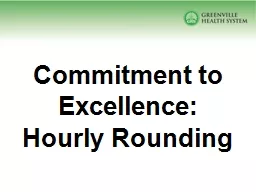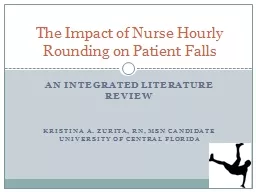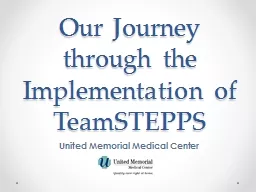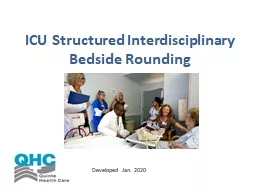PPT-Commitment to Excellence: Hourly Rounding
Author : lindy-dunigan | Published Date : 2017-08-05
What If You Could Reduce call lights by 38 Reduce patient falls by 50 Reduce skin breakdown by 14 Improve patient satisfaction by 12 points AND Gain back 166 hours
Presentation Embed Code
Download Presentation
Download Presentation The PPT/PDF document "Commitment to Excellence: Hourly Roundi..." is the property of its rightful owner. Permission is granted to download and print the materials on this website for personal, non-commercial use only, and to display it on your personal computer provided you do not modify the materials and that you retain all copyright notices contained in the materials. By downloading content from our website, you accept the terms of this agreement.
Commitment to Excellence: Hourly Rounding: Transcript
Download Rules Of Document
"Commitment to Excellence: Hourly Rounding"The content belongs to its owner. You may download and print it for personal use, without modification, and keep all copyright notices. By downloading, you agree to these terms.
Related Documents














